Tangerine Dreams is an honest look at the many lives across the British isles and the different communities who call it home – the same communities affected by the current hostile environment
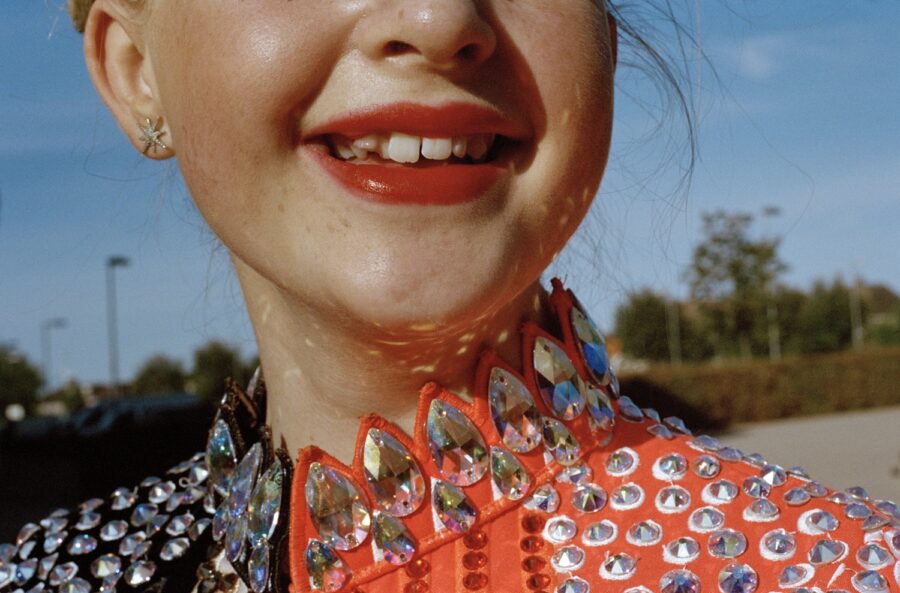

Tangerine Dreams is an honest look at the many lives across the British isles and the different communities who call it home – the same communities affected by the current hostile environment
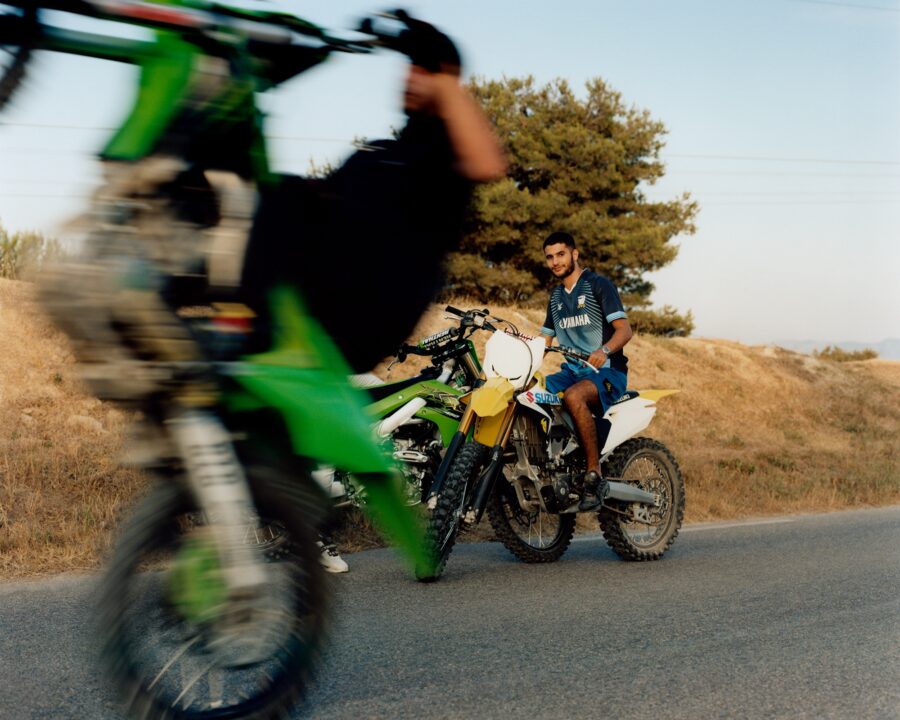
The Dutch-born Moluccan artist is interested in how class, rather than race, creates solidarity among immigrant communities through tender images of young men in Europe
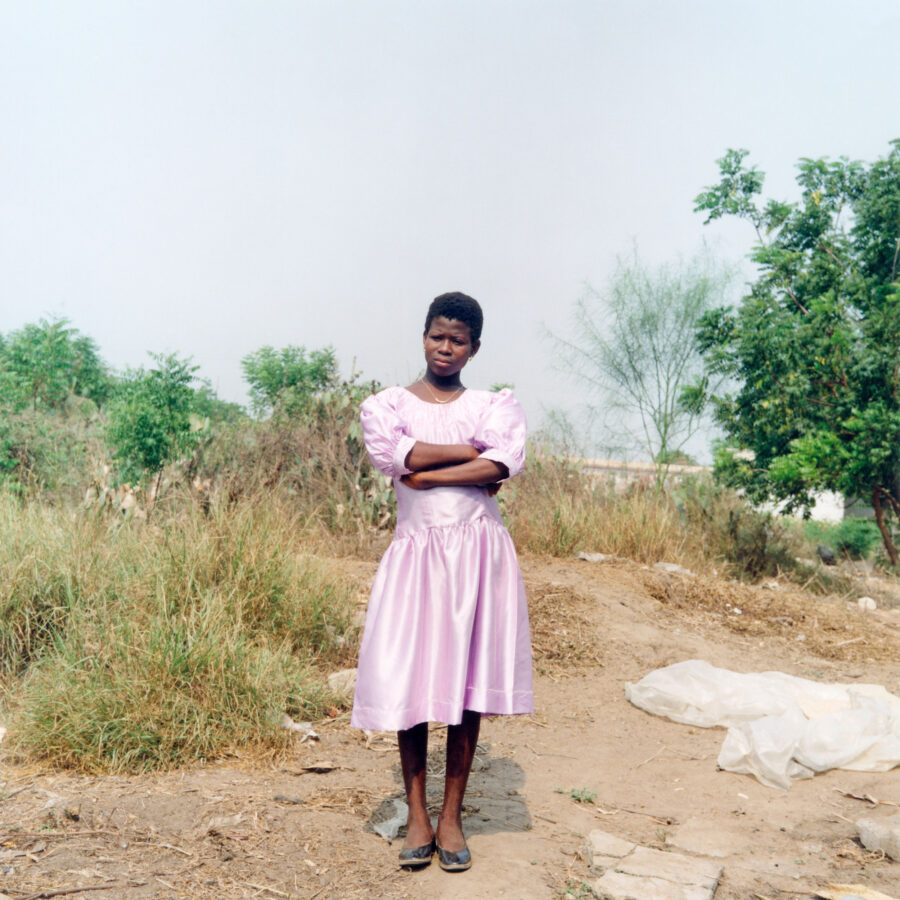
The artist tells BJP why returning to Autograph Gallery – the first team to commission her – to exhibit the show feels so right
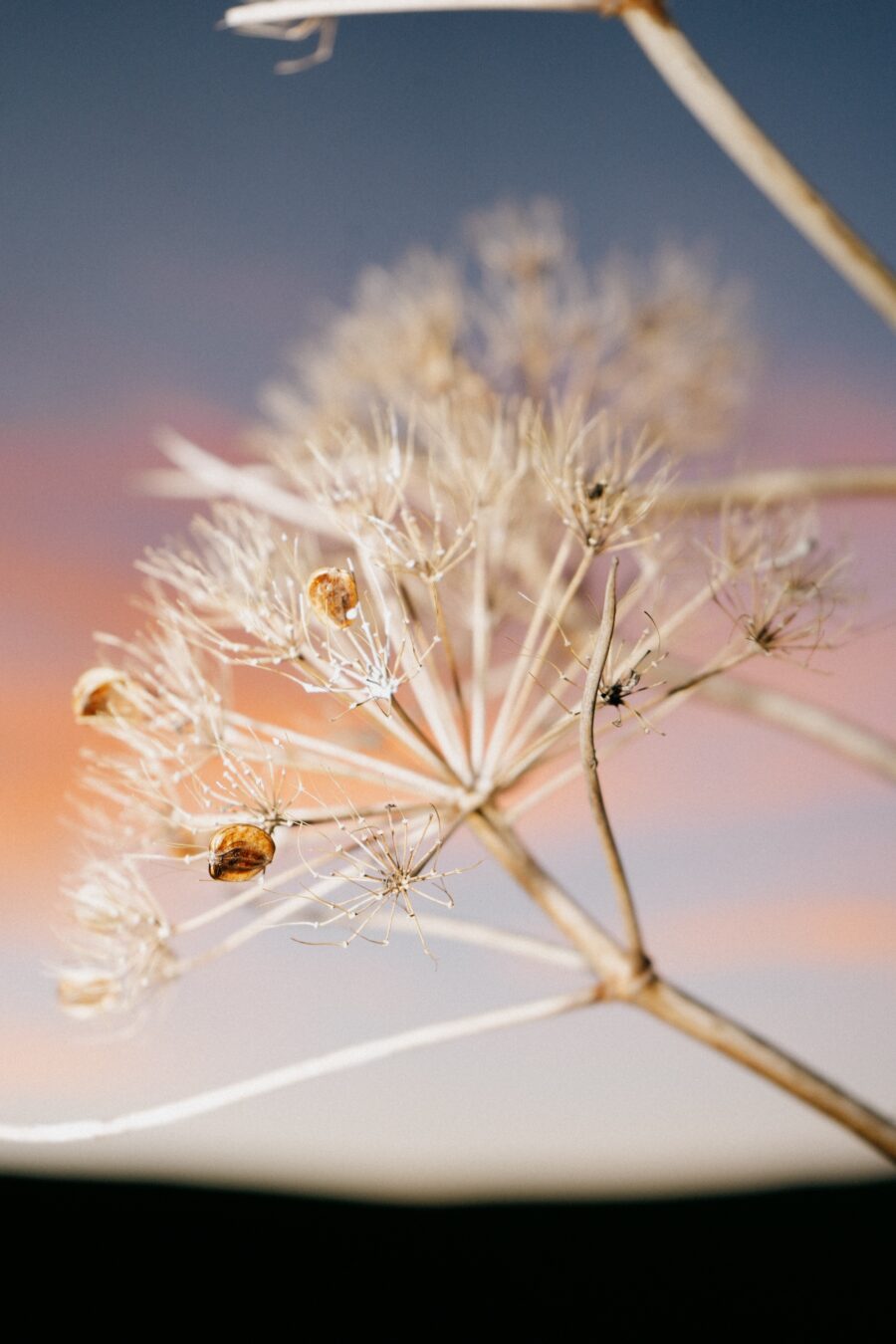
The photographer discusses his deep connection with horses, the universal truths they embody, and how they inspire his sensorial photography
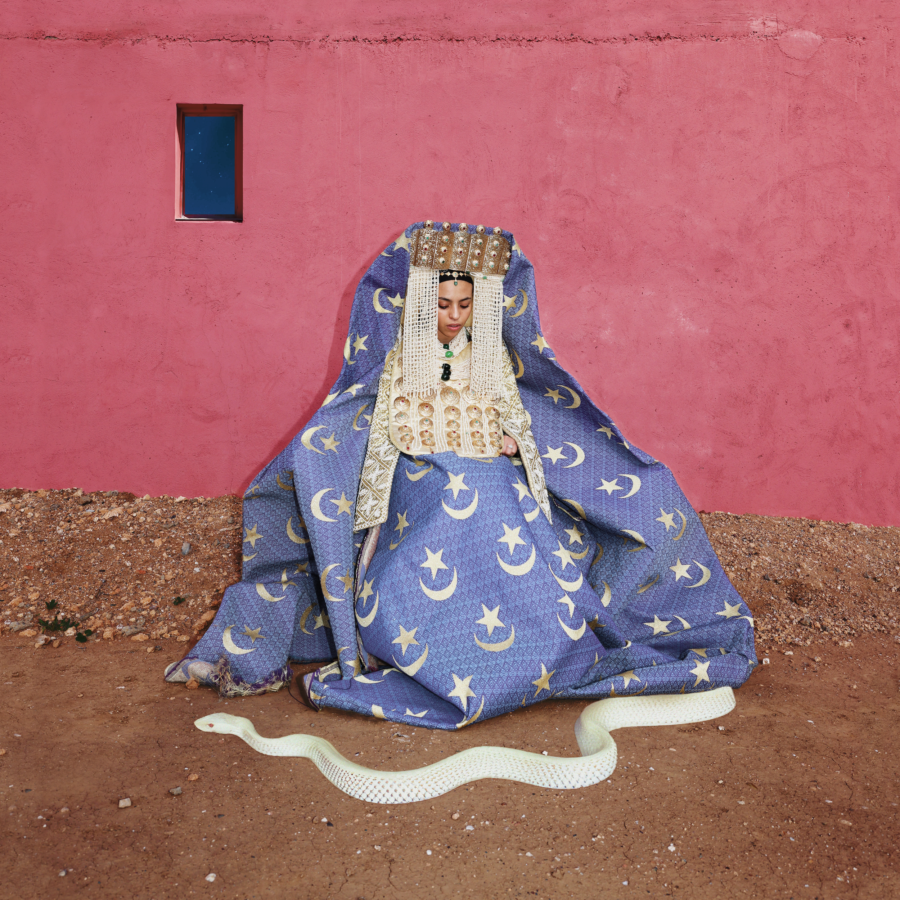
The photographer reflects on her recent participation in the 1-54 Contemporary African Art Fair with Rand Al-Hadethi
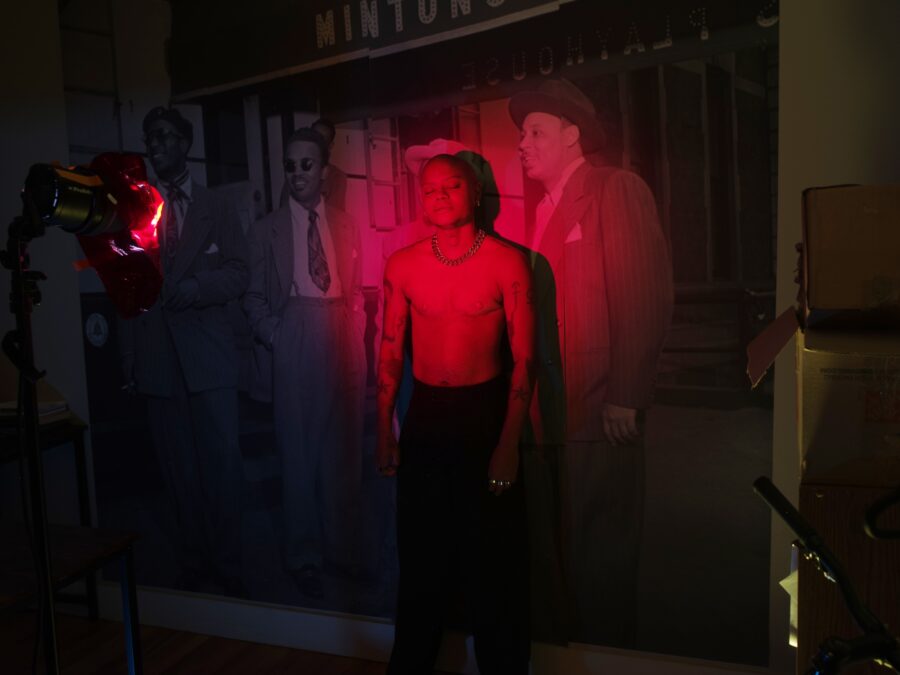
The photographer is at play with the boundaries that confine both their lens-based practice and the socio-political context of their subjects, finds Matilde Manicardi
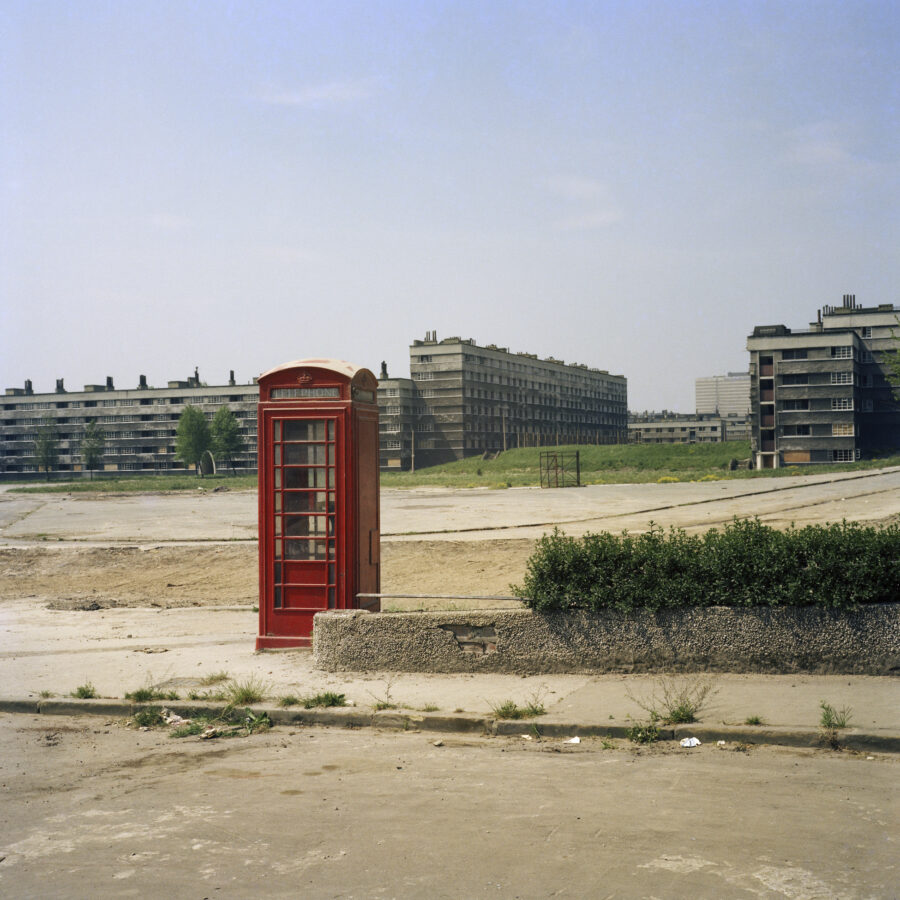
After documenting societal change in the UK for over 50 years, the colour pioneer receives a well-deserved retrospective in the city where it all began
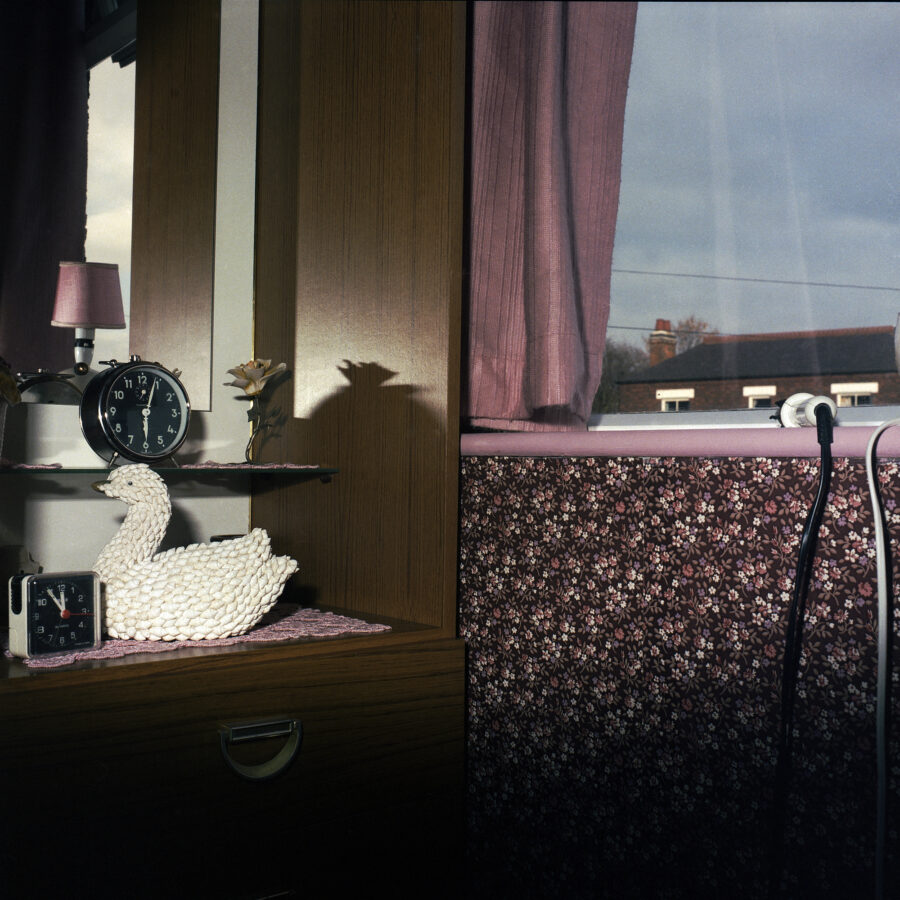
David Moore’s pictures of Midlands housing estates pioneered kitchen sink realism in colour. Revisiting them is a chance for archival control and new representation, he tells Louise Benson

The Swiss Magnum member is best known for his post-war photojournalism, but an unearthed archive of colour work may change and enrich his legacy. Rosalind Jana picks over Bischof’s new shades